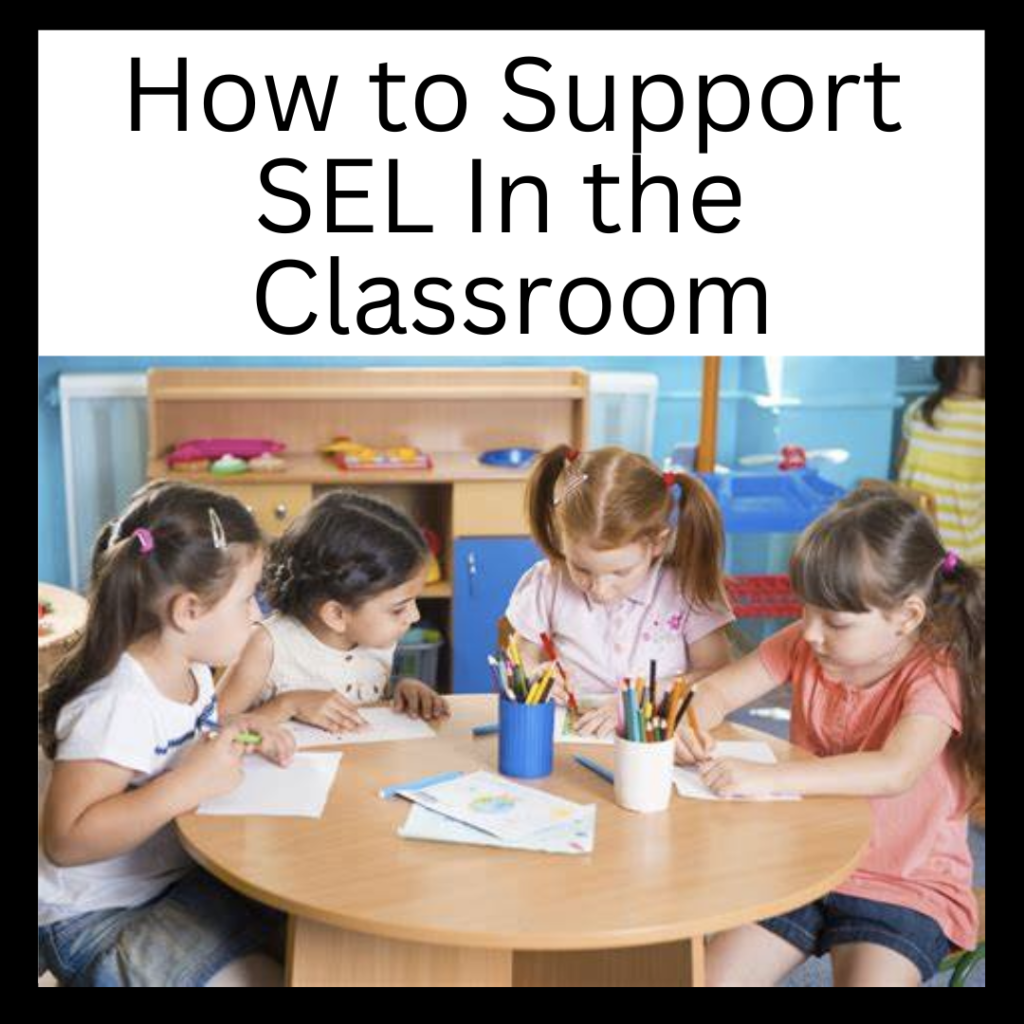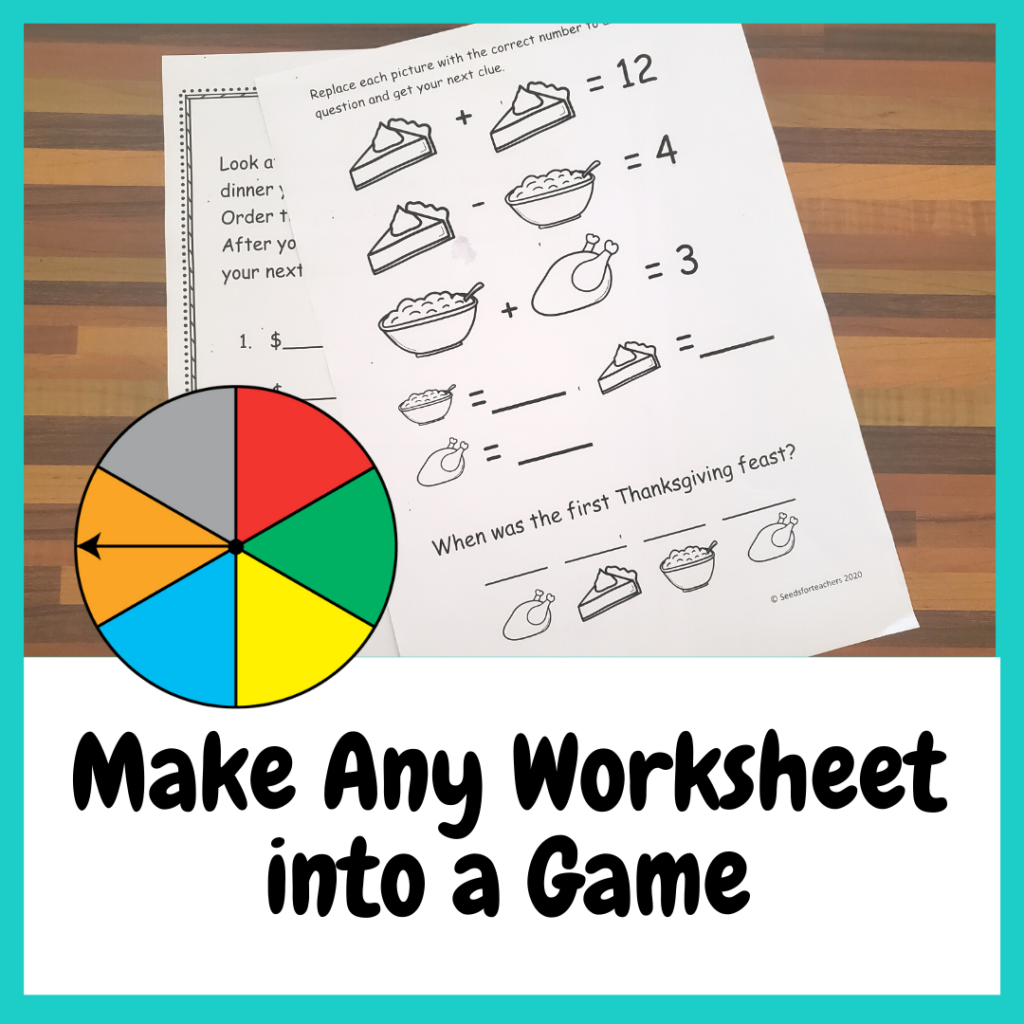What is Culturally Responsive Teaching?
Culturally responsive teaching isn’t just about racial ethnicity. It is a set of intentional teaching methods, lesson plans, activities, and attitudes that include students from diverse backgrounds equally.
As schools around the world become more and more diverse, helping students to connect learning to their own backgrounds continues to be one of the top ways to engage all learners.
So how can teachers build a more culturally responsive classroom? I’ve included three strategies below for becoming a more culturally responsive teacher.
Promote Diversity Through the Learning Materials You Highlight
Teachers can build more culturally responsive classrooms by showcasing diversity through all aspects of learning.
Promoting diversity through the learning materials in your classroom shows that you are aware of who is in your room. This makes students feel important and included.
Take a tour of your classroom. Notice the following:
Library Books – are all of the characters the same race, culture or gender? Do you feature a diverse selection of cultures in your classroom library?
Bulletin Boards – do these reflect your students’ work and cultural significance?
Posters & Other Pictures – are these a reflection of the diversity in our world today?
Students are visual learners. They notice even the clipart on worksheets that we give them!
One way to build a more culturally responsive classroom is to have learning materials and even class décor that reflects a multicultural presence.
Highlight Holidays and Special Events Around the World
The second way teachers can build a culturally responsive classroom is to highlight holidays and special events consistently. Whether nationally recognized or not, holidays and special events offer great opportunities to infuse cultural significance in the classroom. These special events do not have to subtract from your objectives and learning standards. In fact, include your standards with the cultural celebration.
For example, I love small group rotations and literacy centers in my classroom. Each month, I feature at least one learning center that promotes traditions and holidays of different cultures.
For these centers, students are still completing activities that are aligned with our learning standards. However, they are also gaining information about different cultures.
Check out my post for more ideas about how to represent diverse holidays in your classroom.
Include Student Perspectives & Values in the Learning Experience
When students feel a sense of connection and belonging, they tend to be more involved in their own learning.
One key way to help students feel connected is to include their perspectives and values in the learning experience. This step to being more culturally responsive is simple yet yields powerful results in the classroom.
Ask students for book and music recommendations. Then be sure to include those ideas somehow in the classroom if they are appropriate for the lesson or activity.
Learn to accurately pronounce all students’ names. Look for worksheets that allow editing to include names that reflect various cultures.
During parent night or open house, find ways to gather information about any cultural sensitivities of students that will be important to note throughout the school year.
As you seek to include student perspectives and values in the classroom, be careful not to put students on the spot in uncomfortable ways.
One thing to avoid is asking a student (in the middle of a class discussion or lesson) to speak on behalf of their entire race or ethnic group.
Ex: “So, Hernando, how do your people feel about this issue?”
This assumes that every single person of a cultural group is exactly the same. Not only is this offensive but it’s counterproductive to learning. Furthermore, it may cause students to feel isolated based on their race or culture.
Including student perspectives and values in the learning process can build community and make the classroom a safe place to learn.
Check out these other posts you might like:



